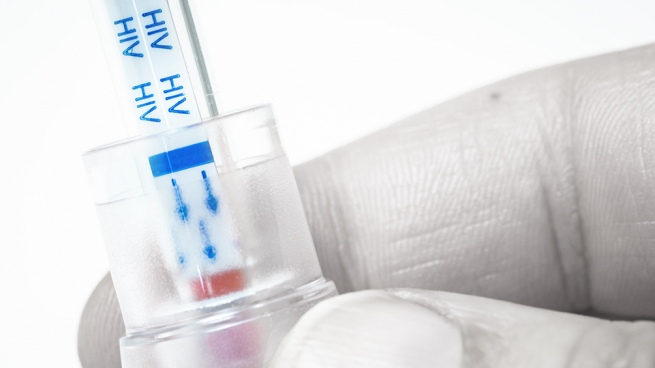The Global Fund to Fight AIDS, Tuberculosis and Malaria has saved 50 million lives in the last two decades and the death rate has been cut in half, the organization reported on Monday. which claims 18 billion dollars to save 20 million more people.
“We’ve made huge strides”stated in its annual report the Global Fund to Fight AIDS, Tuberculosis and Malaria, a global alliance created in 2002 to combat these three diseases, whose mortality rate has since been cut in half.
“But our fight is not over,” he warns. The document, which emphasizes the juncture of a series of crises, from climate change to the coronavirus pandemic, that could “set us back”according to the AFP news agency.
The Global Fund organizes a call for donations in New York next weekwhere it hopes to raise at least $18 billion for its shows from 2024 to 2026.
The body, which brings together governments, multilateral agencies, civil society groups and the private sector, believes that this funding would help reduce deaths due to these diseases by almost two thirds and save 20 million lives.

The report warns that last year Covid had a “devastating” impact on these goals, with a setback for the first time in its history.
However, as stated on Monday, the massive resources that the agency had mobilized are bearing fruit and “recovery is ongoing.”
Since March 2020, the Global Fund declared having invested more than 4.4 billion dollars to fight the pandemic and reduce its impact in their programs, AFP added.
The head of the Global Fund, Peter Sands, pointed out that “although most countries fighting HIV, tuberculosis and malaria have begun to recover from the ravages of Covid-19we need to accelerate efforts if we want to fully make up lost ground and get back on track to end these diseases by 2030.”
For Sands, the 50 million lives saved in two decades are “proof that global commitment can push back the world’s deadliest infectious diseases.”

The Global Fund, which provides nearly a third of all international funding to fight HIV, stated that the number of people who had received antiretroviral therapy last year was 23.3 million, up from 21.9 million the previous yearand warned that around 10 million people with the virus do not have access to treatment.
And although AIDS-related deaths fell 50% from 2010 to 650,000 last year, the main objective of being below 500,000 deaths per year is still a long way off.
While, With regard to tuberculosis, the pandemic had an “especially serious” impact, since many resources were focused against the coronavirus.
In 2020, 1.5 million people died from this ailment, making it the second deadliest infectious disease after the coronavirus.
The pandemic also affected the fight against malaria and the suspension of some services increased deaths by 12% in 2020, reaching 627,000 deaths.















